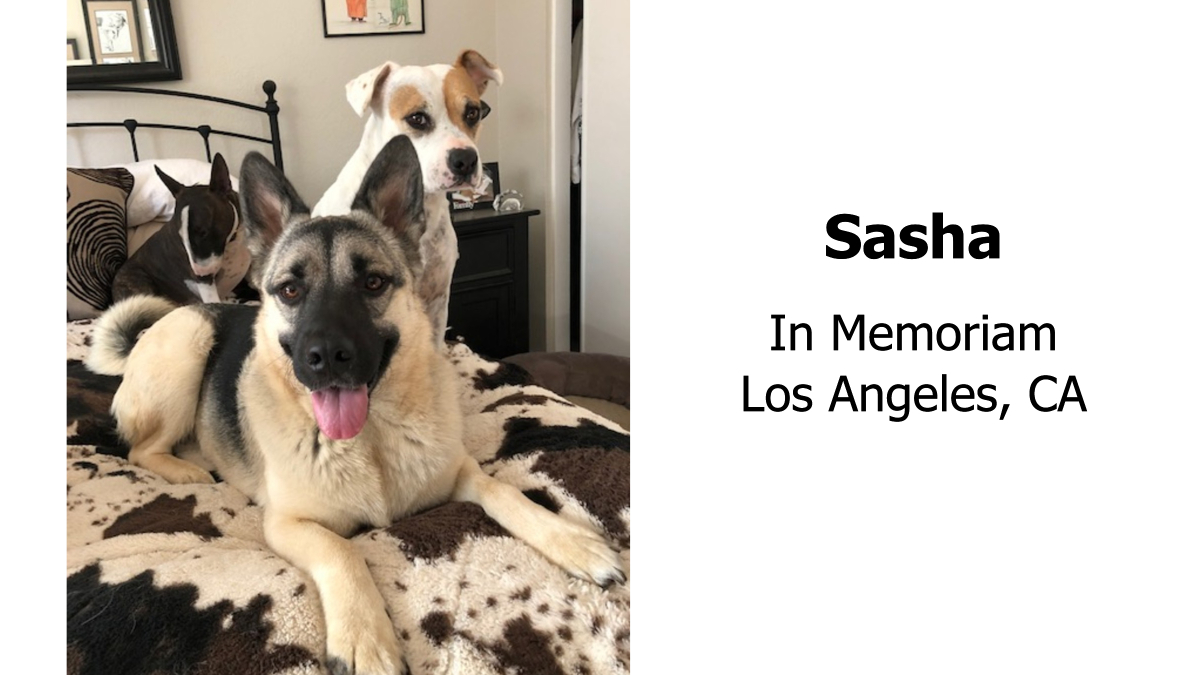What is it and what’s the risk?
“FDA chemist Lauren Robin explains that acrylamide is a chemical that can form in some foods—mainly plant-based foods—during high-temperature cooking processes like frying and baking. These include potatoes, cereals, coffee, crackers or breads, dried fruits and many other foods.”
“Acrylamide is a substance that forms through a natural chemical reaction between sugars and asparagine, an amino acid, in plant-based foods… Acrylamide has been shown to cause cancer in animals exposed to very high doses, and although there is no consistent epidemiological evidence on the effect of acrylamide from food consumption on cancer in humans, both the U.S. National Toxicology Program and the Joint Food and Agriculture Organization/World Health Organization Expert Committee on Food Additives (JECFA) consider acrylamide to be a human health concern.”
In 2012, scientists from Czech Republic examined the acrylamide levels in dry dog and cat foods. “The concentrations of acrylamide found in feedstuff were relatively moderate…”
What is the “moderate” levels found in dry pet food compared to testing of human foods?
“Between 2011 and 2015, the FDA collected approximately 2500 individual food product samples to study acrylamide levels in foods. Samples included food products known to contain higher levels of acrylamide.”
Of the human foods tested by FDA that are similar to dry pet foods (those including similar grain/potato ingredients):
- Breads and Bakery Products ranged from less than 10 parts per billion (ppb) to 70 ppb.
- Cereals ranged from less than 10 ppb to 1210 ppb.
- Potato foods ranged from less than 10 ppb to 1440 ppb.
Pet Foods tested (in 2012)
- Dry dog foods ranged from 106 ppb to 358 ppb.
- Dry cat foods ranged from 66 ppb to 269 ppb.
What can pet owners do to prevent exposure to acrylamide in pet food?
The ingredients that are linked to higher levels of acrylamide that are also used in pet foods are grains, potatoes, and dried fruits. The FDA explains one can lower their exposure to acrylamide by lessening the cooking time, such as: “Toast bread to a light brown color rather than a dark brown color. Avoid very brown areas.” Unfortunately, pet owners don’t have this option when it comes to purchasing a commercial pet food. We are left with ingredients and cooking times at the pet food manufacturer’s discretion.
Dry pet foods appear to be more of a risk than any other style of pet food, but canned and cooked sold frozen pet foods could include some level of acrylamide too. FDA testing of human soups (excluding soups with beans) ranged from less than 10 ppb to 20 ppb. Beans dramatically raised the acrylamide level to 240 ppb (with a chili soup). It is unknown if dehydrated or freeze dried pet foods using similar risk ingredients (grains, potatoes and dried fruits) would be similar to the acrylamide levels of dry foods. Raw pet foods should have the lowest risk of acrylamide exposure.
The pet food industry being aware of our concern of acrylamide exposure to our pets from pet food is a start to the industry taking active steps to lessen the risk. Ask your manufacturer (especially dry/kibble pet foods but also canned, dehydrated, freeze dried, and cooked sold frozen) if they regularly test for acrylamide. Is every batch tested? If not, how often is the pet food tested? Ask what steps are taken to lessen the acrylamide level in the pet food.
Wishing you and your pet(s) the best,
Susan Thixton
Pet Food Safety Advocate
TruthaboutPetFood.com
Association for Truth in Pet Food

Become a member of our pet food consumer Association. Association for Truth in Pet Food is a a stakeholder organization representing the voice of pet food consumers at AAFCO and with FDA. Your membership helps representatives attend meetings and voice consumer concerns with regulatory authorities. Click Here to learn more.
What’s in Your Pet’s Food?
Is your dog or cat eating risk ingredients? Chinese imports? Petsumer Report tells the ‘rest of the story’ on over 5,000 cat foods, dog foods, and pet treats. 30 Day Satisfaction Guarantee. www.PetsumerReport.com
Find Healthy Pet Foods in Your Area Click Here

The 2020 List
Susan’s List of trusted pet foods. Click Here to learn more.



























Amy
August 11, 2020 at 2:56 pm
The missing piece is that dogs and cats, being small for the most part, will accumulate toxins in the body at a higher rate than humans. So the concentration may be relatively the same per pound of food, but it is much higher in the small body than the large. Poor pets – another disservice.
Cecilia
August 11, 2020 at 4:22 pm
I did a quick search on https://www.cancer.org/cancer/cancer-causes/acrylamide.html and found the following (plus more stuff):
The International Agency for Research on Cancer (IARC) classifies acrylamide as a “probable human carcinogen.”
The US National Toxicology Program (NTP) has classified acrylamide as “reasonably anticipated to be a human carcinogen.”
The US Environmental Protection Agency (EPA) classifies acrylamide as “likely to be carcinogenic to humans.”
Cecilia
August 11, 2020 at 4:27 pm
Oops! forgot the first Paragraph:
What is acrylamide?
Acrylamide is a chemical used in industries such as the paper and pulp, construction, foundry, oil drilling, textiles, cosmetics, food processing, plastics, mining, and agricultural industries. It is used in making paper, dyes, and plastics, and in treating drinking water and wastewater.
Acrylamide can be found in small amounts in consumer products including caulk, food packaging, and some adhesives. It is also present in cigarette smoke.
Acrylamide can form naturally from chemical reactions in certain types of starchy foods, after cooking at high temperatures. Some foods with higher levels of acrylamide include French fries, potato chips, foods made from grains (such as breakfast cereals, cookies, and toast), and coffee.